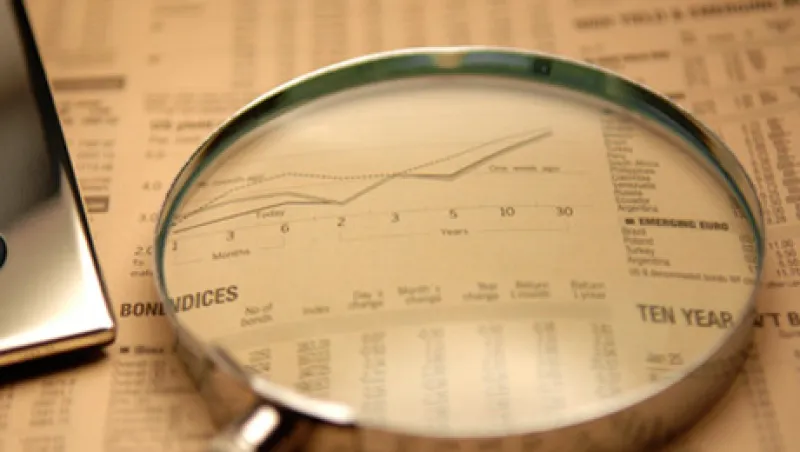
Demand is Growing for Fixed-Income ETFs
While $1 trillion of the $1.5 trillion ETF market is dominated by equity products, demand is shifting into a new area: fixed income.
Steve Rosenbush
February 1, 2012


